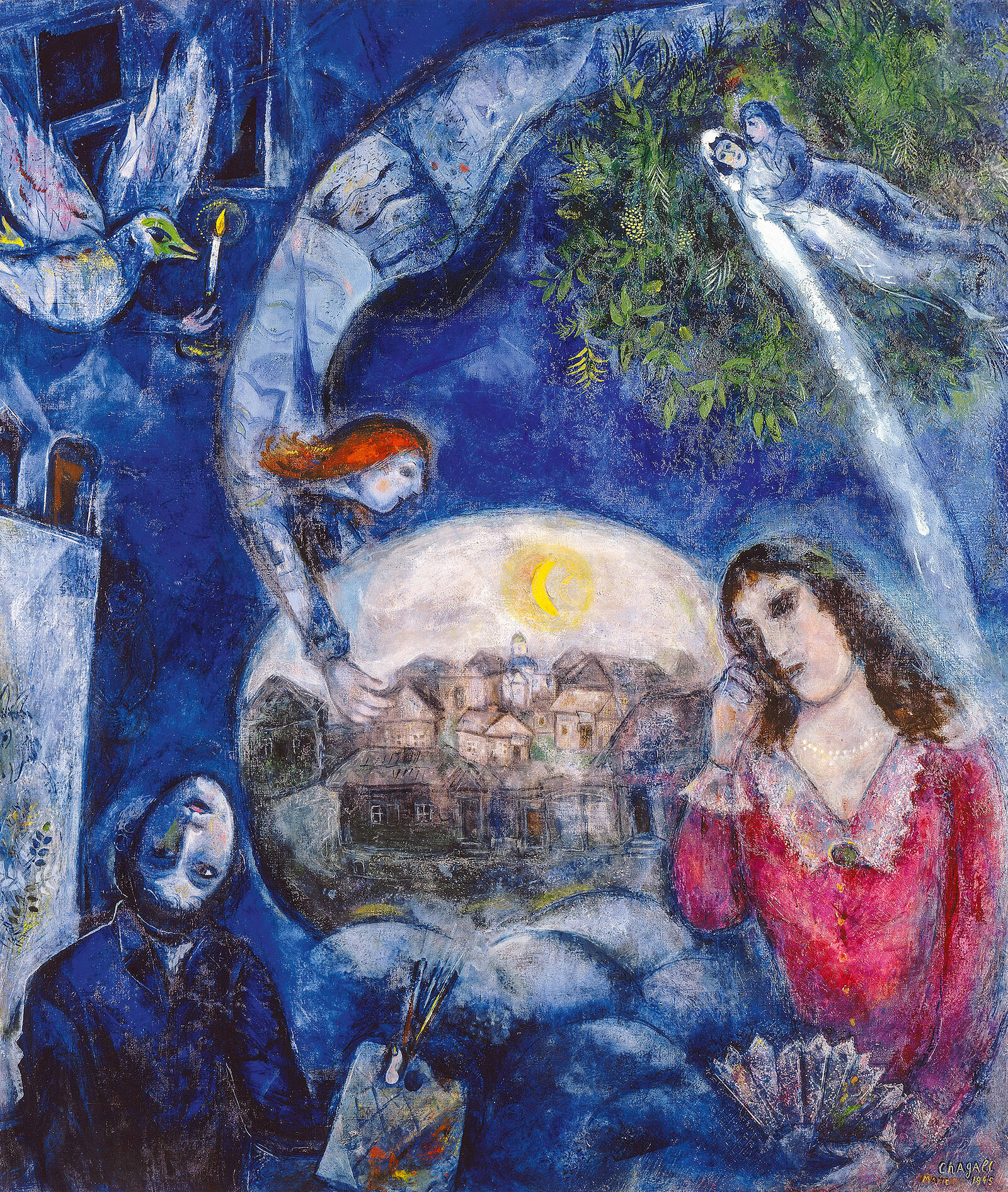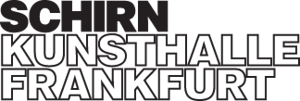November 4, 2022–February 19, 2023
Römerberg
60311 Frankfurt am Main
Germany
T +49 69 2998820
welcome@schirn.de
Fantasy seems to be without limits in the oeuvre of Marc Chagall (1887–1985). He is regarded as one of the most unconventional artists of modernity. The Schirn Kunsthalle Frankfurt is now dedicating an extensive exhibition to the painter in Germany, the first in fifteen years. Chagall: World in Turmoil sheds light on a facet of his oeuvre that is less well known: Chagall’s artwork from the 1930s and 1940s, when his colorful palette became increasingly darker.
As a Jewish painter, Chagall was again and again exposed to existential threats, which had formative effects on his life and work. In the early 1930s, he addressed the ever more aggressive anti-Semitism in his art, and finally emigrated to the United States in 1941 due to persecution by the National Socialist regime. His artistic work of these years touches on central topics like identity, home, and exile.
Dr. Sebastian Baden, the director of the Schirn, emphasizes: “How closely the art of Marc Chagall, which has often been described as fantastical, is connected with his life reality is shown in particular by his less-well-known works of the 1930s and 1940s. In these paintings, Chagall reflected the political reality in a distinctive way and strove to capture the attention of a non-Jewish audience and called on it to confront the Shoah. Based on the work of one of the most renowned artists of European modernity, the Schirn illuminates central topics like flight and persecution, home and exile, but also the question of how experiences and attributions by others shape one’s own identity. The exhibition thus opens up a differentiated view and new look at the work of Chagall, which currently assumes a particular timeliness.”
With this exhibition, the Schirn is introducing a new and highly topical perspective on the oeuvre of one of the twentieth century’s most important artists. With roughly sixty haunting paintings, works on paper, and costumes from the 1930s and 1940s, the exhibition traces the artist’s search for a visual vocabulary in view of displacement, persecution, and emigration. It presents important works in which Chagall occupied himself to a greater extent with the Jewish lifeworld, numerous self-portraits, his turn to allegorical and biblical topics, the designs for the ballets Aleko (1942) and The Firebird (1945) while in exile in the United States, the recurring examination of his hometown of Vitebsk (today in Belarus), and major works such as The Falling Angel (1923/1933/1947). For the presentation, the Schirn has been able to obtain loans from numerous German and international museums, as well as from public and private collections, and bring these works to Frankfurt am Main.
“With a closer look at Marc Chagall’s pictures, it quickly becomes clear that the notion of this artist as a ‘poet’ or ‘fantasist’ among the painters of modernity that dominates in reception of his work cannot hold true. Chagall’s art is deeply rooted in his life reality, which was shaped again and again by political events such as the Second World War or the November Revolution. He took this huge danger—not only to his own identity, but also to an entire culture—as an occasion to create some of the most impressive pictures of war, flight and displacement, and persecution in Western art history of the 1930s and 1940s. Chagall’s works from this time, which are lesser known than his early and late work, are also very important for classifying and understanding his oeuvre,” explains Ilka Voermann, curator of the exhibition.
An exhibition of the Schirn Kunsthalle Frankfurt in cooperation with the Henie Onstad Kunstsenter, Oslo.
The exhibition Chagall: World in Turmoil is supported by the Kulturfonds Frankfurt RheinMain and the Ernst Max von Grunelius-Stiftung. Additional funding has been provided by the Bank of America as partner of the Schirn, and further support by the Georg und Franziska Speyer’sche Hochschulstiftung.
A catalog edited by Ilka Voermann has been published in German, English, and Norwegian in separate editions with a foreword by the director of the Schirn, Sebastian Baden, and Tone Hansen, director emeritus of the Henie Onstad Kunstsenter, and contributions by Ziva Amishai-Maisels, Anna Huber, Leon Joskowitz, Sabine Koller, and Ilka Voermann.
A free digital tutorial guide, the Digitorial®, is available online here.
Director: Dr. Sebastian Baden
Curator: Dr. Ilka Voermann
Press contact: Johanna Pulz (Head of Press/Public Relations):
presse [at] schirn.de / T +49 (0) 69 29 98 82 148
More info:schirn.de


